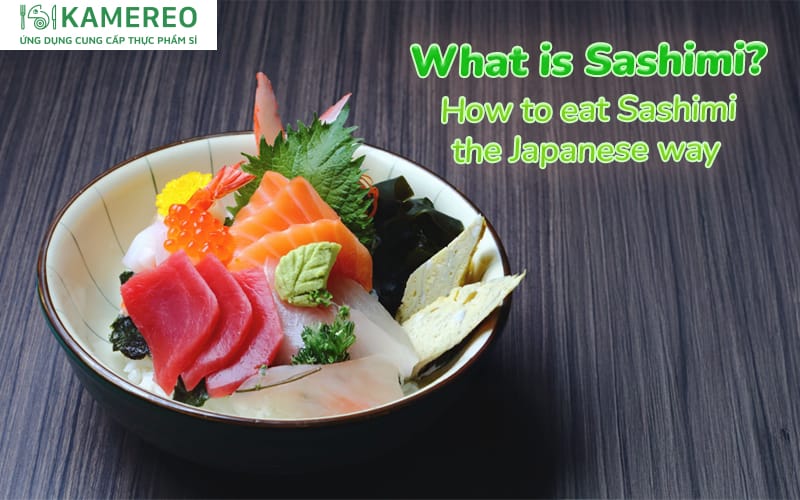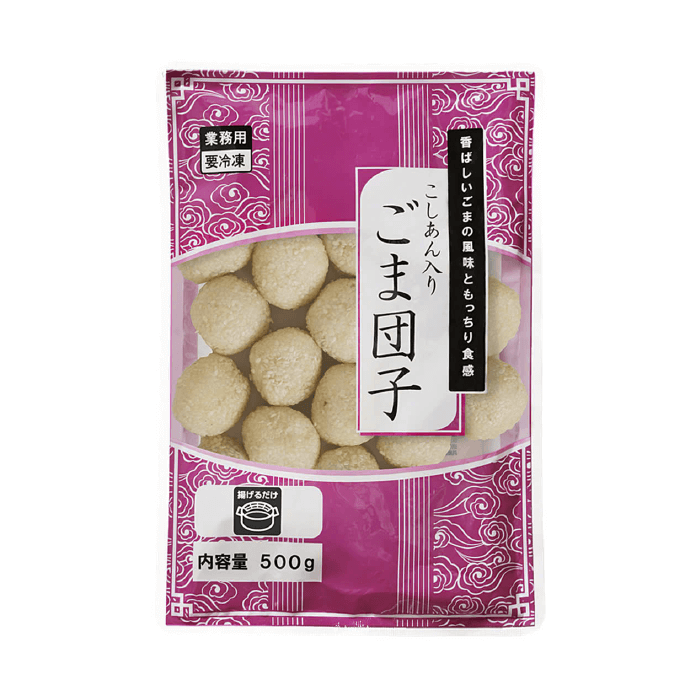Renowned for its delicate preparation and fresh flavors, sashimi has become an icon of Japanese cuisine. So, what is sashimi? What are the popular types of sashimi today? Let Kamereo guide you through a more detailed exploration in the following article to fully appreciate the culinary essence of the Land of the Rising Sun.
What is Sashimi?
Sashimi is a traditional Japanese dish, famous for its use of fresh raw seafood or fish. The ingredients are sliced into thin, bite-sized pieces and then enjoyed with soy sauce, wasabi, pickled ginger, and various side vegetables.
Despite using raw ingredients, sashimi, when prepared by Japanese chefs, offers a distinctive flavor—non-fishy, rich, and nutritious. The combination of the natural sweetness of seafood with the pungent kick of ginger and wasabi creates a unique flavor balance.
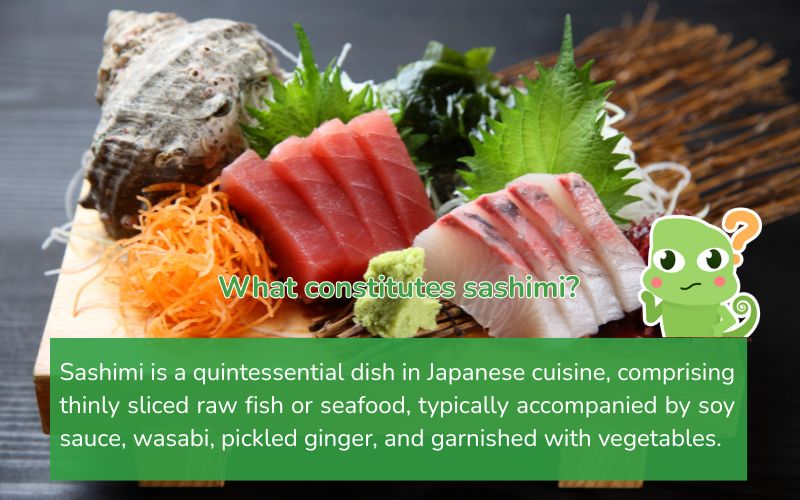
Popular Types of Seafood for Sashimi
Japanese cuisine utilizes a diverse range of seafood to prepare sashimi, with salmon, tuna, herring, red clam, and octopus being the most common. Specifically:
Salmon Sashimi (Sake Sashimi)
Salmon sashimi, also known as sake sashimi, is a popular dish known for its unique fresh flavor. The raw salmon meat has a natural richness, which, when combined with soy sauce and mustard, creates an unforgettable bold flavor. In particular, salmon sashimi retains the high nutritional content inherent in salmon, providing numerous health benefits.
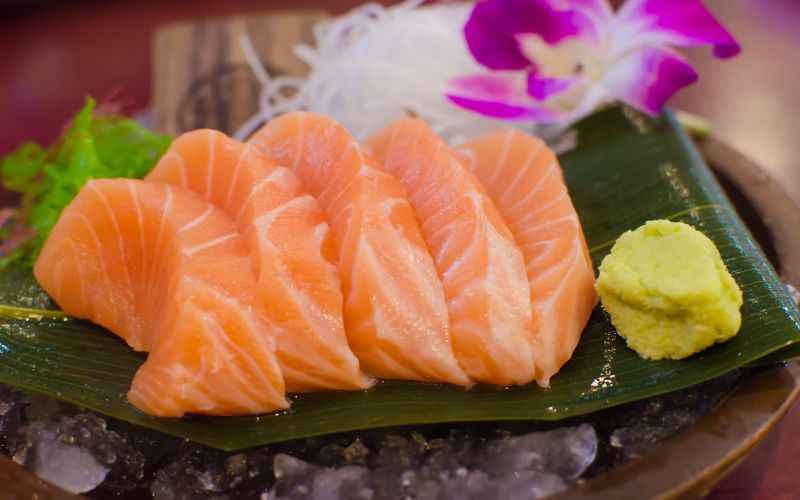
Tuna Sashimi
Tuna sashimi offers a variety of flavors depending on the cut of the fish. The Akami meat is dark red and lean, while the Chutoro is pinkish-red, rich in nutrients and fat, delivering a distinctive soft and sweet taste. Additionally, Otoro tuna sashimi, made from the belly, stands out with its rich, fatty flavor due to its high-fat content.
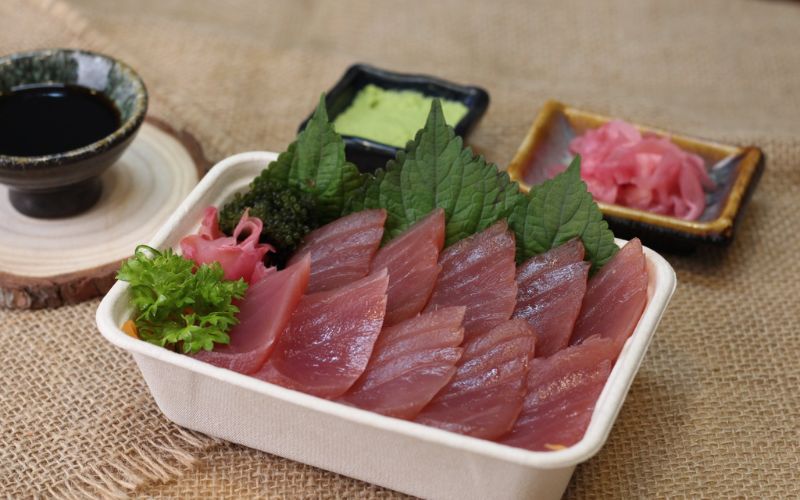
Herring Sashimi
Pressed herring roe sashimi is a unique dish, created from filleted pickled herring slices combined with crunchy flying fish roe. The blend of the nutty, rich flavor of herring and the crunchy texture of flying fish roe makes for an appealing, unforgettable dish for diners.
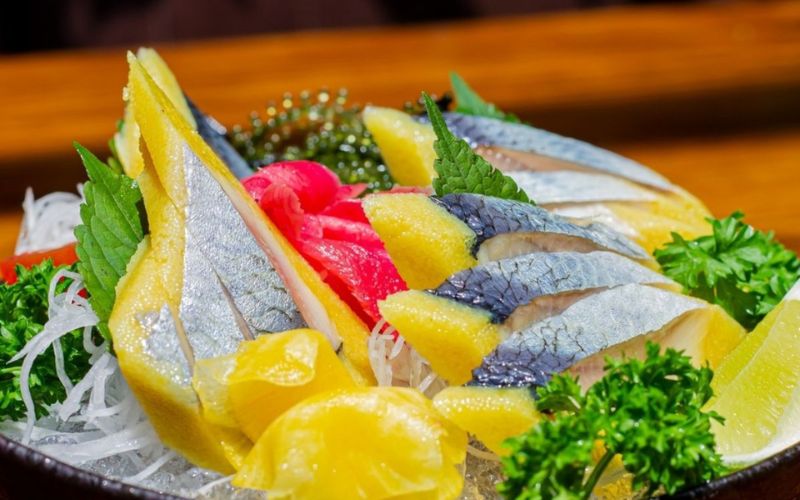
Red Clam Sashimi
In addition to being grilled and steamed, Hokkigai red clam is also a key ingredient in delicious sashimi. When prepared, the fresh clam slices are thinly cut and served on a bed of ice. This delicacy offers a natural sweetness, crispness, and chewiness, pairing perfectly with mustard and soy sauce to create a unique and popular dish.
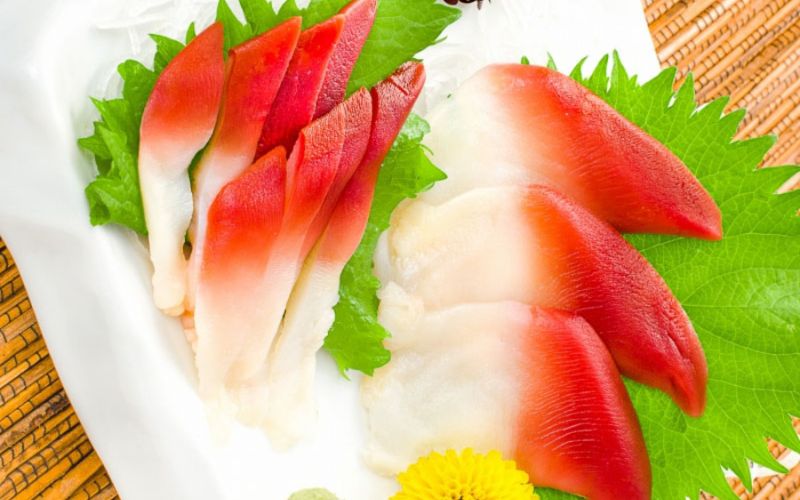
Octopus Sashimi
Similar to squid sashimi (Ika), octopus sashimi (Tako) is a popular choice in Japanese cuisine. Compared to squid, octopus has a subtle sweetness and a distinct crunchy texture, providing a unique culinary experience. With this ingredient, chefs can create a variety of sashimi dishes, each with its own delicious and appealing flavor.
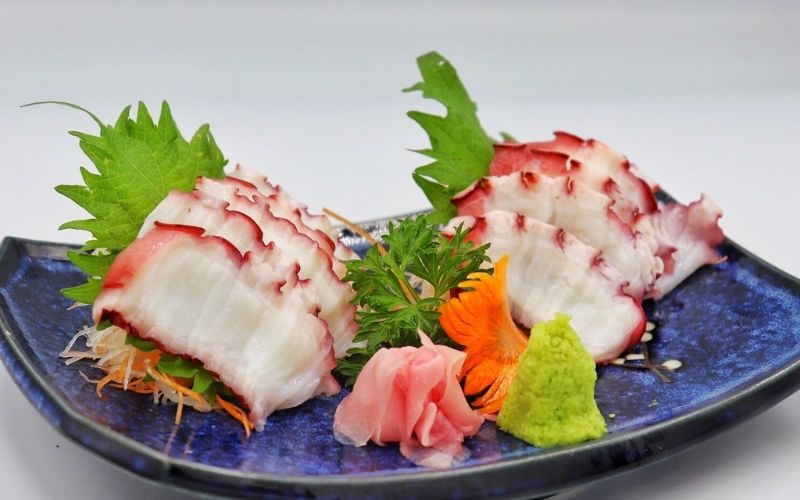
Authentic Japanese Sashimi Preparation
Ingredients
- Fresh salmon: 100g
- Perilla leaf: 1 sprig
- Thinly sliced white radish: 200g
- Pickled pink ginger (ready-made): 20g
- Soy sauce: 1 tablespoon
- Wasabi: 1 tablespoon

High-quality Japanese sashimi ingredients at Kamereo:
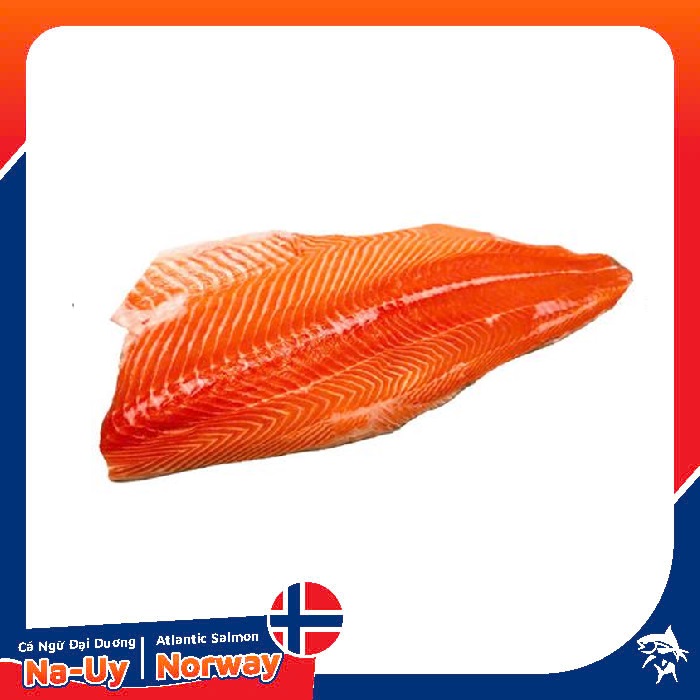
Fresh Salmon Fillet Size 2 - 2.5kg/ Piece (Purchase Piece Charged By Kg)
529,000đ/KILOGRAM
687,500đ/KILOGRAM

Fresh Whole Salmon Size 6 - 7kg/ Piece (Purchase Piece Charged By Kg)
359,000đ/KILOGRAM
449,500đ/KILOGRAM
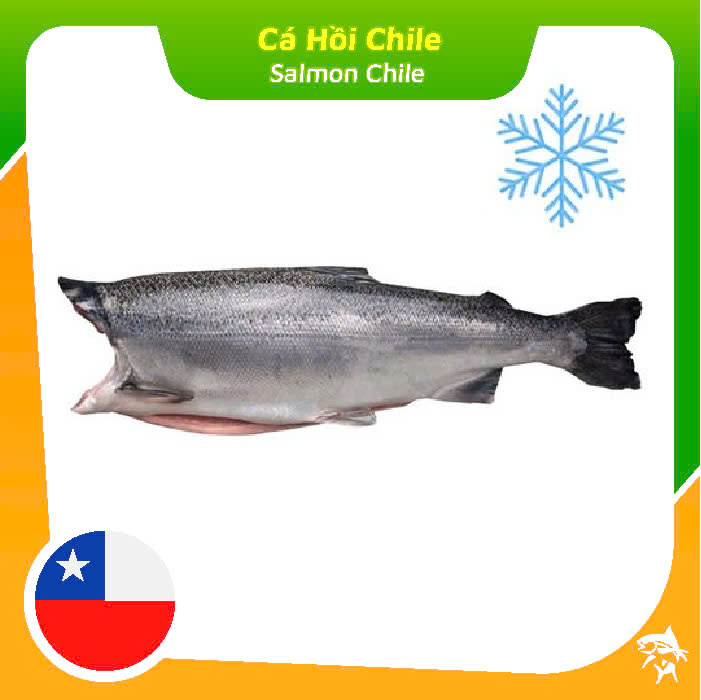
Frozen Whole Headless Salmon 4 - 5kg/ Piece (Purchase Piece Charged By Kg)
239,000đ/KILOGRAM
273,000đ/KILOGRAM
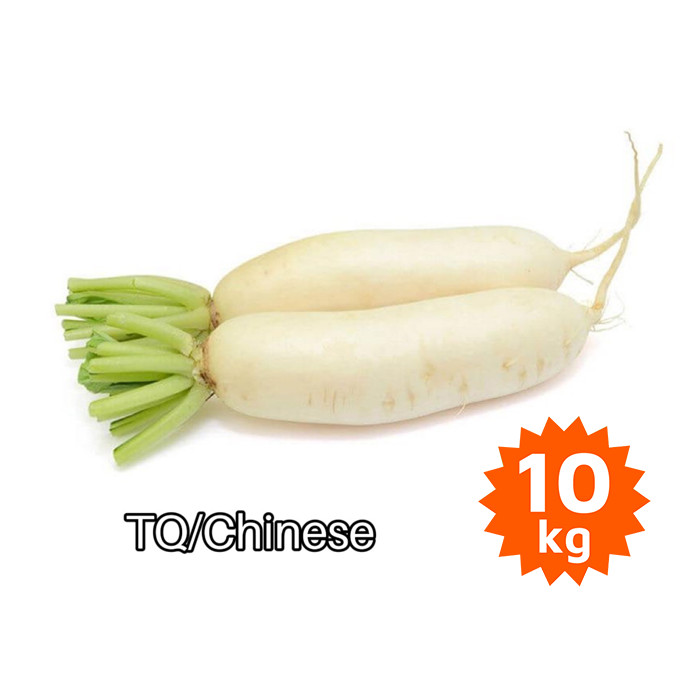
Radish (10kg/ Pack)
145,000đ/PACK

Radish Da Lat
14,000đ/KILOGRAM
17,000đ/KILOGRAM

Radish North
0đ/KILOGRAM
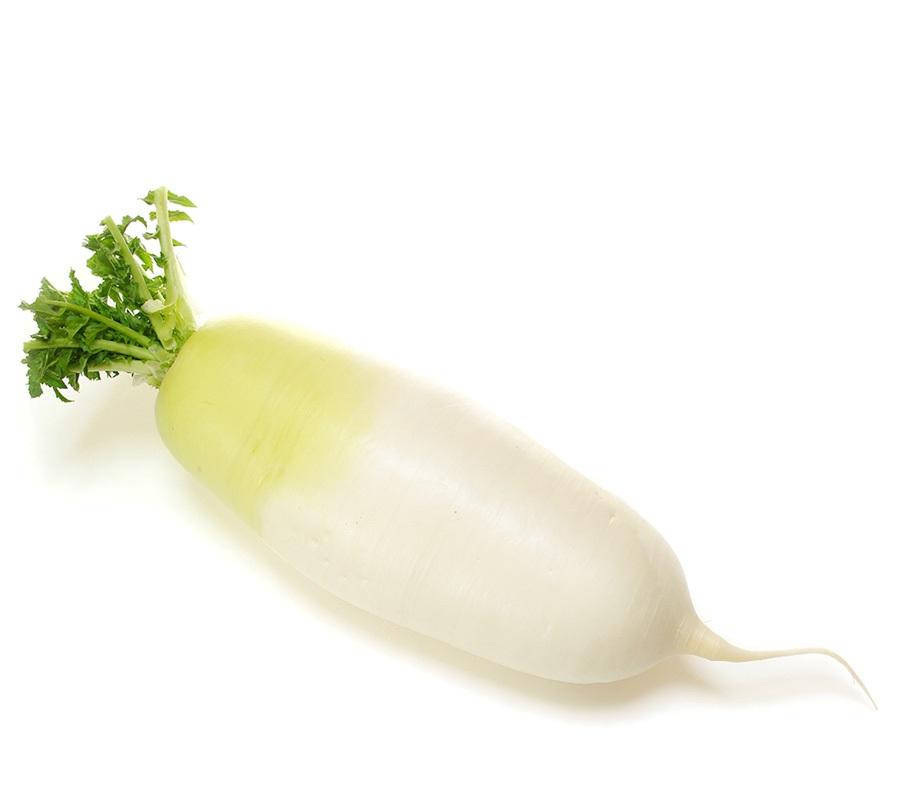
Korean Radish
29,000đ/KILOGRAM

Marui Wasabi Powder 1kg
239,000đ/PACK
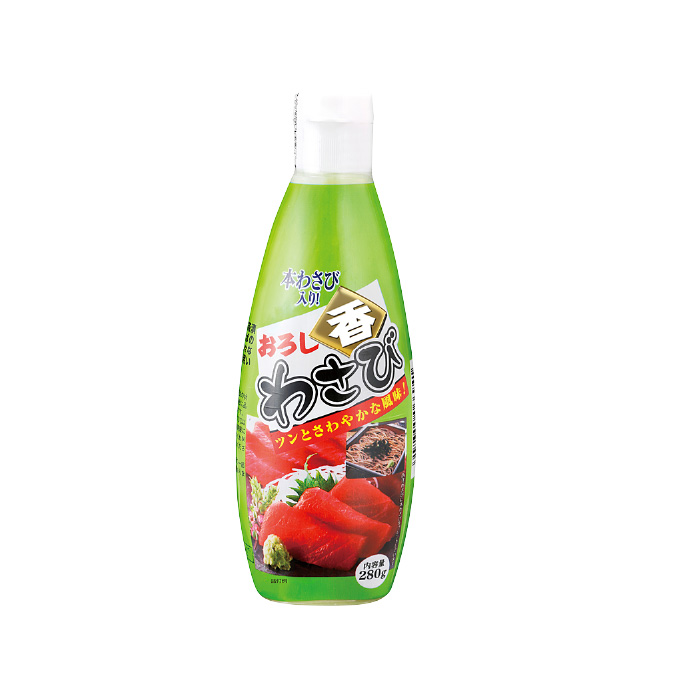
Bottled Wasabi 280g
105,000đ/BOTTLE
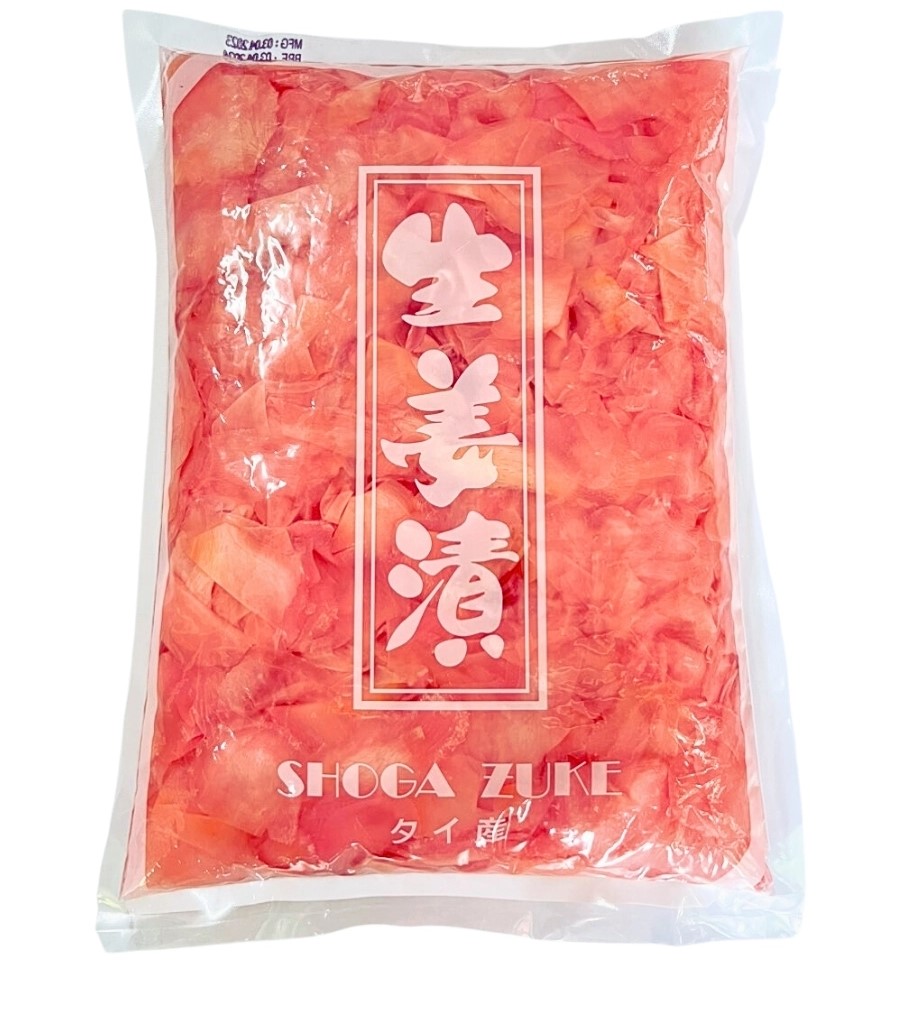
Pickled Sliced Pink Ginger 1.5kg
115,000đ/PACK
Instructions
To prepare delicious, authentic salmon sashimi, follow these basic steps:
- Step 1: Prepare the salmon:
- To save time, choose pre-filleted salmon from reputable food stores or supermarkets.
- If you have a whole salmon fillet with skin, use a specialized knife to remove the skin. Then, gently rinse the fillet under cold running water and pat it dry with paper towels.
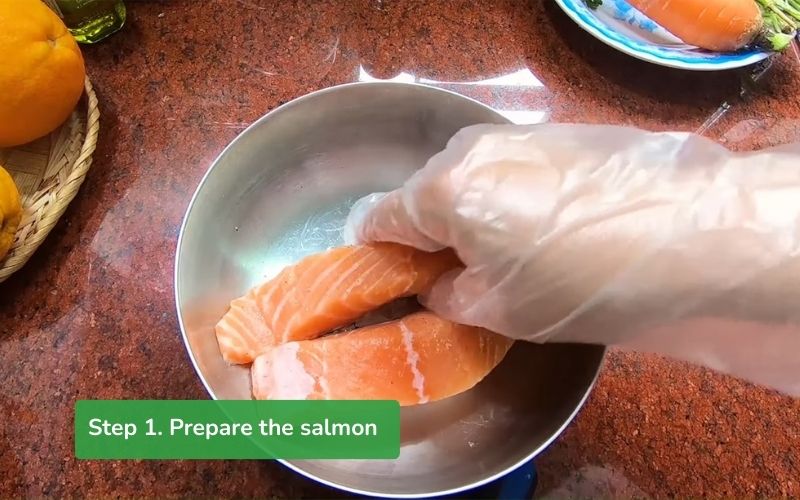
- Step 2: Slice the salmon:
- Place the salmon fillet on a clean cutting board, skin side down.
- Use a very sharp knife to slice the salmon into pieces about 2.5cm wide, 4cm long, and 0.5cm thick.
- The thickness of the slices can be adjusted to personal taste.

- Step 3: Prepare the other ingredients:
- Peel and rinse the white radish, then shred it into thin strips.
- Rinse the perilla leaves and let them drain.
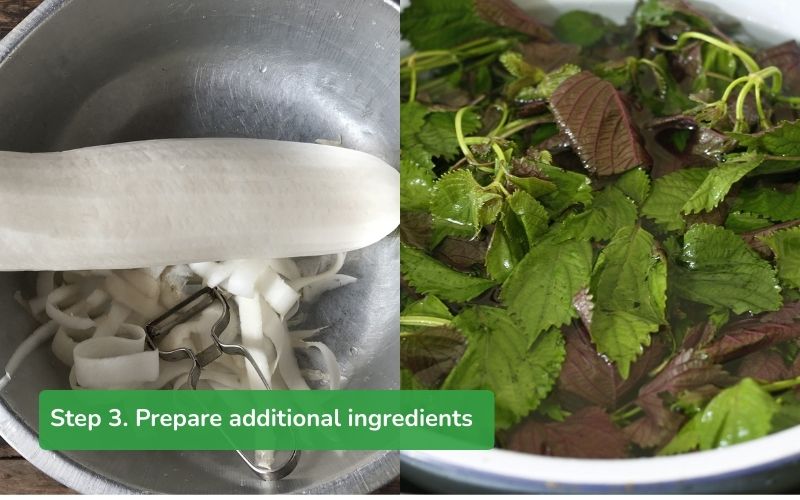
- Step 4: Plate the sashimi:
- Arrange the salmon slices on a plate in your desired pattern.
- Garnish with radish strips, perilla leaves, and prepare the dipping sauce for a complete dish.
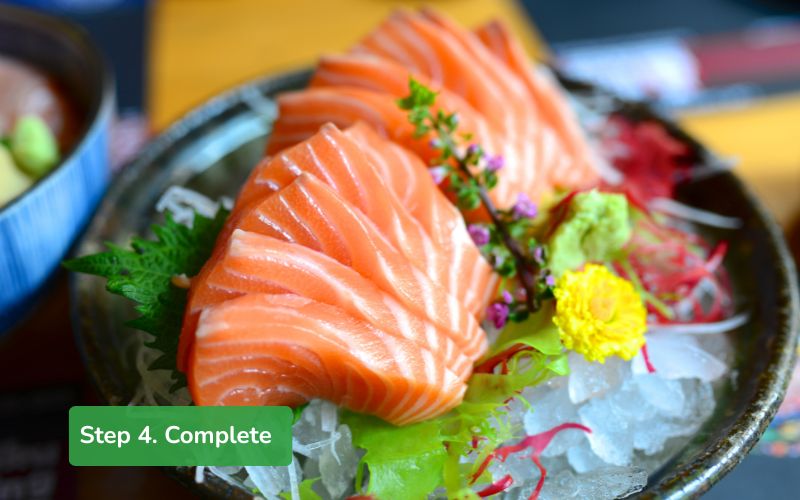
How to Eat Sashimi the Right Way
Authentic Japanese Sashimi Eating Technique
To enjoy sashimi in the authentic Japanese way, first, pick up a piece of fish, add a moderate amount of wasabi in the center, then fold the fish in half. Finally, lightly dip it in soy sauce and savor the full flavor.
This method allows you to experience the perfect blend of the fresh sweetness of the fish and the distinctive pungent taste of wasabi, creating a true sashimi culinary experience.
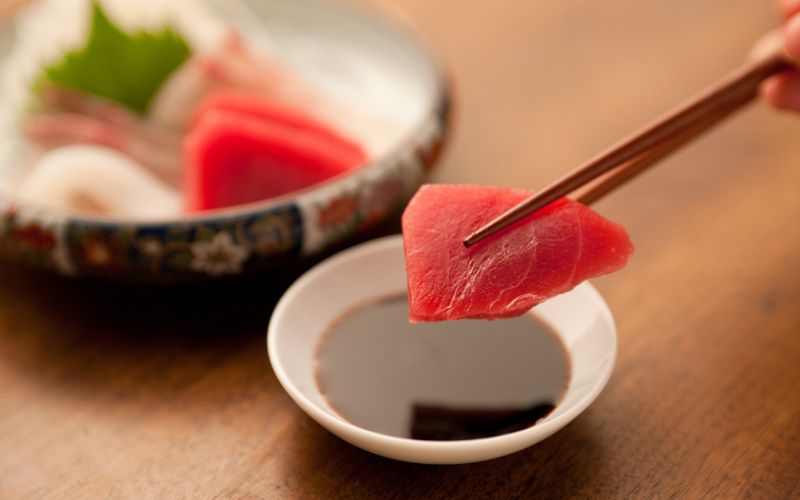
Common Mistakes When Eating Sashimi
Enjoying sashimi is a refined culinary art, demanding meticulousness and respect for the original flavors of each type of seafood. However, many people make common mistakes when eating this dish, diminishing the experience and losing the essence of sashimi:
- Mixing wasabi with soy sauce: Mixing wasabi into soy sauce will obscure the distinctive flavors of each type of fresh seafood. Instead, the correct way to enjoy it is to apply a small amount of wasabi directly to the sashimi piece and then lightly dip it in soy sauce.
- Taking small bites of sashimi: Sashimi is cut into bite-sized pieces so that you can fully appreciate the flavor. Taking small bites not only ruins the aesthetic of the dish but also prevents you from fully experiencing the sweet, rich, spicy, and sour flavors that blend in each slice of fish.
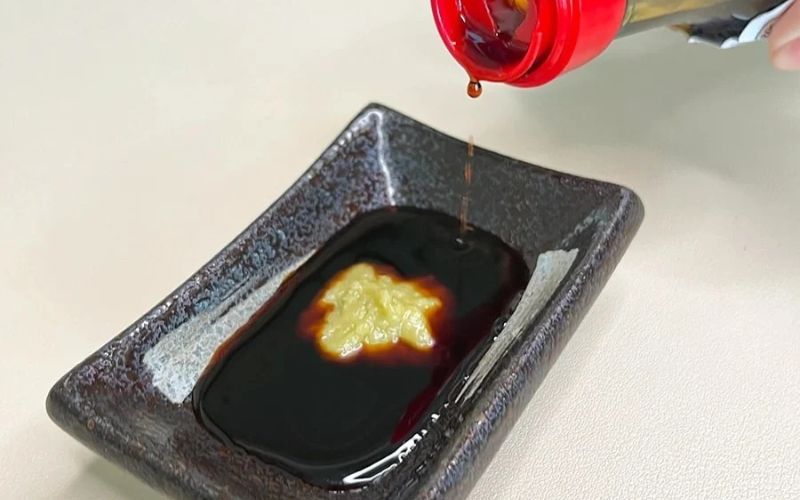
Kamereo – Supplier of Fresh, High-Quality Sashimi Ingredients
Kamereo is a platform specializing in providing food ingredients and kitchen utensils to F&B businesses. Proud to be a partner of Gyomu Japan—a Japanese domestic supermarket chain—we bring authentic Japanese domestic products to F&B businesses in Vietnam.
Best-selling Japanese domestic products at Kamereo:
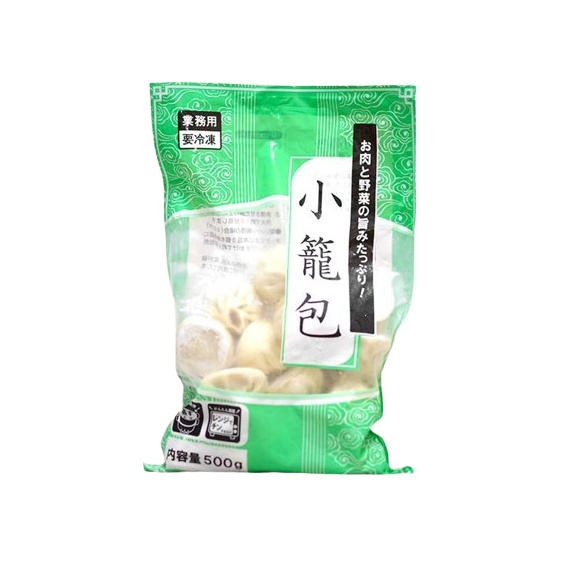
Frozen Soup Dumplings 500g
199,000đ/PACK
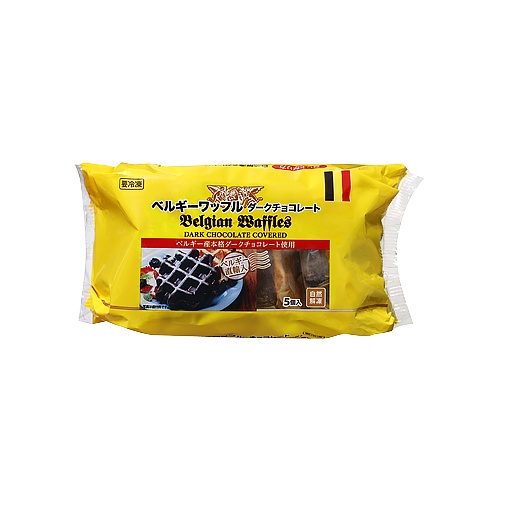
Belgian Frozen Waffle With Chocolate Flavor 300g
100,000đ/PACK
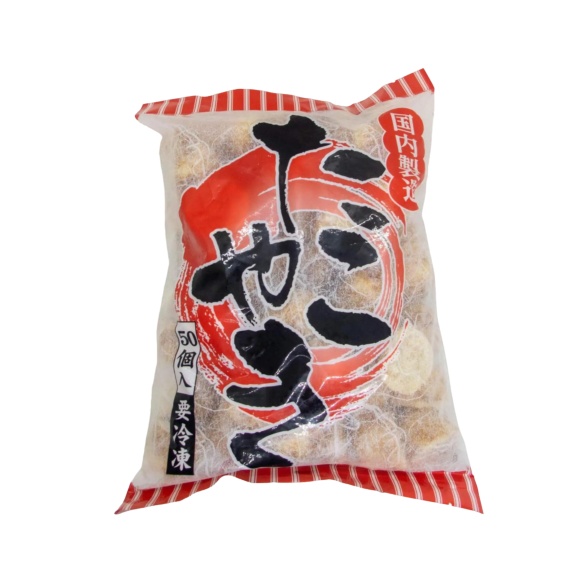
Frozen Takoyaki (Octopus Balls) 1kg
219,000đ/PACK
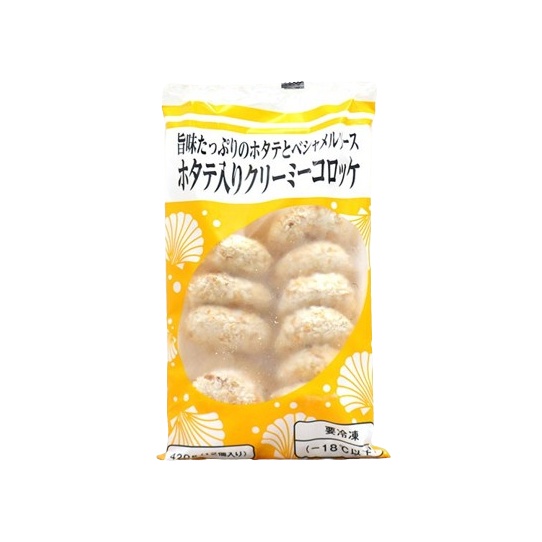
Frozen Fried Scallop Cakes With Cream Sauce 420g
175,000đ/PACK

Frozen Churros 500g
52,683đ/PACK
54,000đ/PACK

Frozen Strawberry Churros 500g
55,000đ/PACK
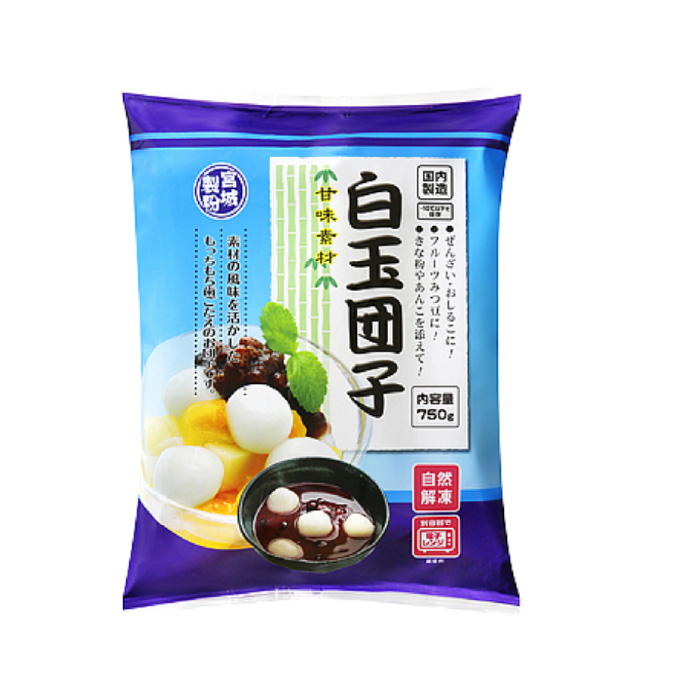
Frozen Shiratama Dango 750g
100,000đ/PACK
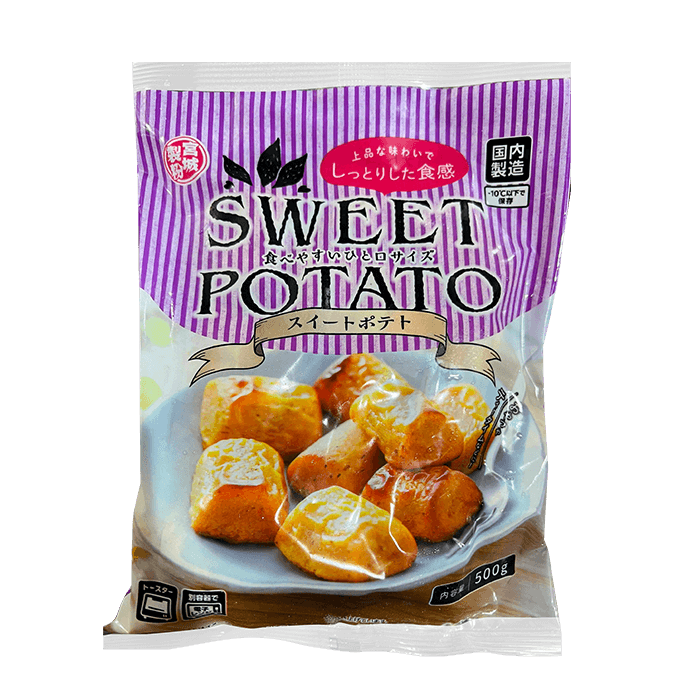
Frozen Sweet Potato Cake 500g
105,000đ/PACK
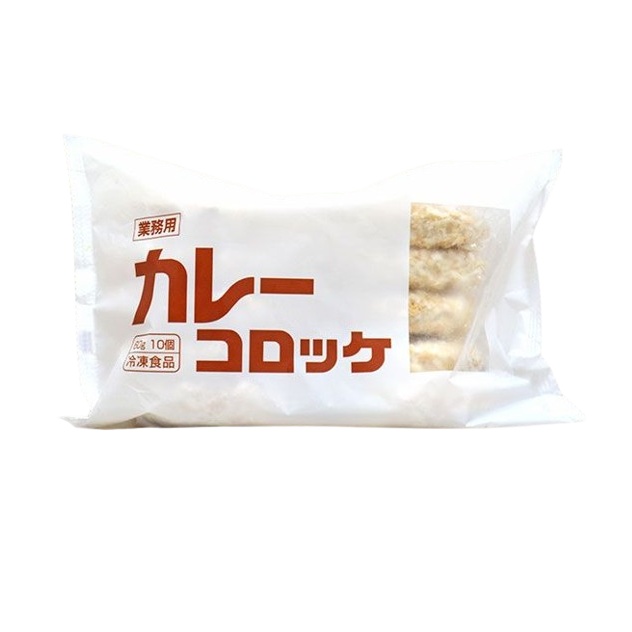
Korokke Frozen Curry Filled 600g
99,000đ/PACK
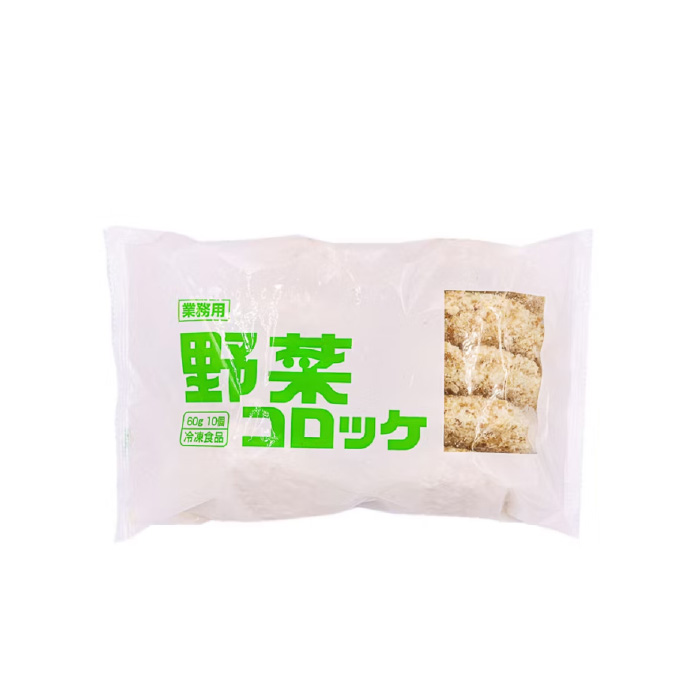
Frozen Vegetable Filled Korokke 600g
99,000đ/PACK
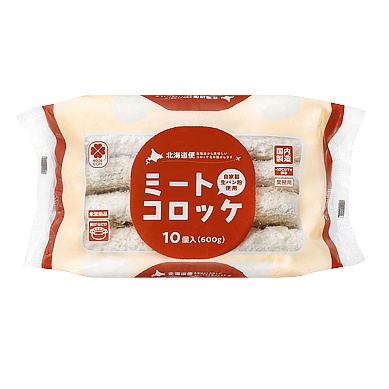
Frozen Meat Filled Korokke 600g
99,000đ/PACK
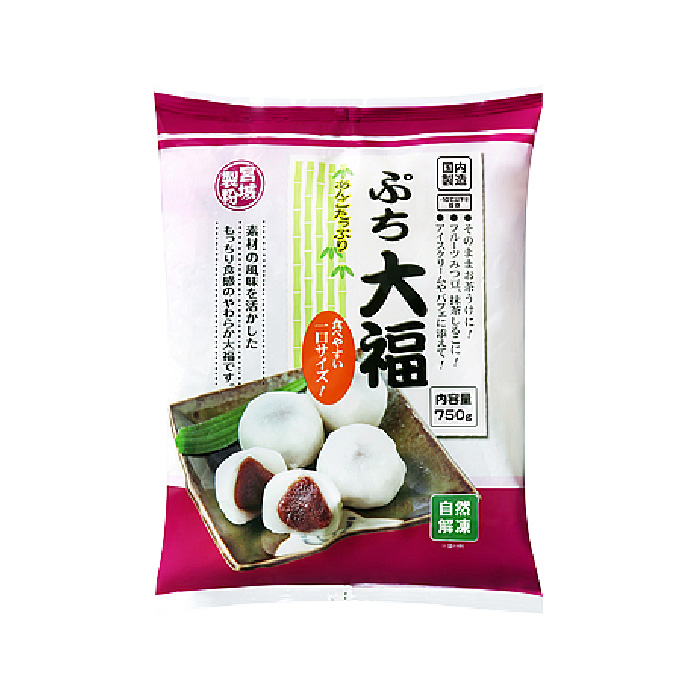
Frozen Daifuku Mochi 750g
115,000đ/PACK
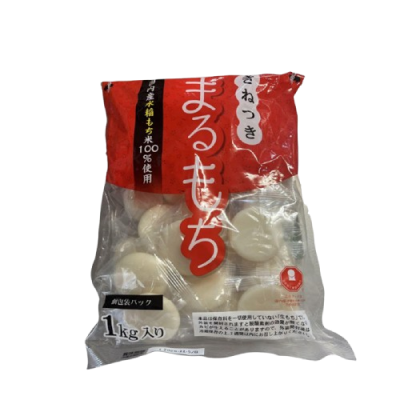
Maehara Seifun Dried Mochi 1kg
150,000đ/PACK
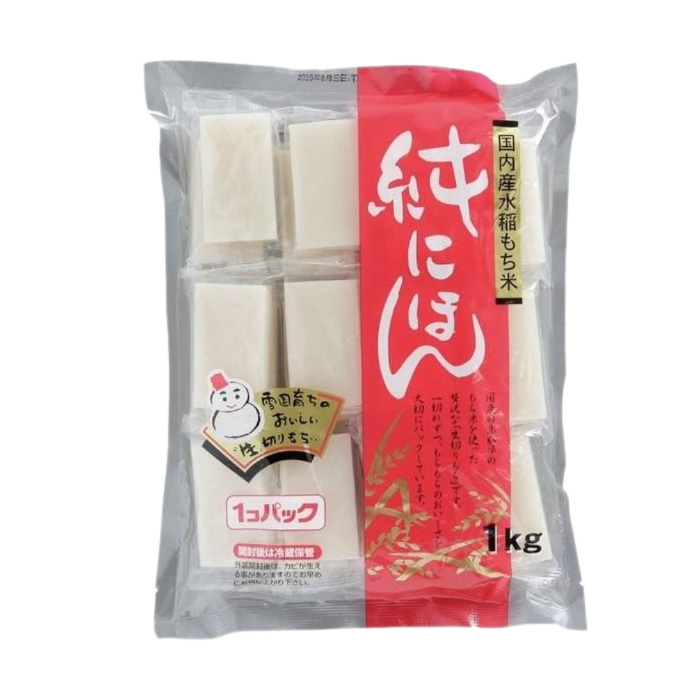
Original Flavour Mochi 1kg
145,000đ/PACK
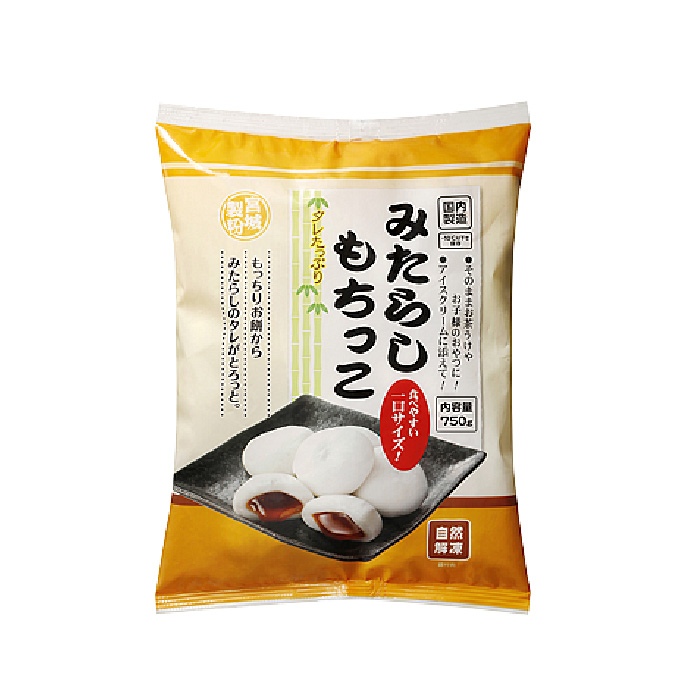
Frozen Mochi With Mitarashi Sauce Filling 750g
115,000đ/PACK
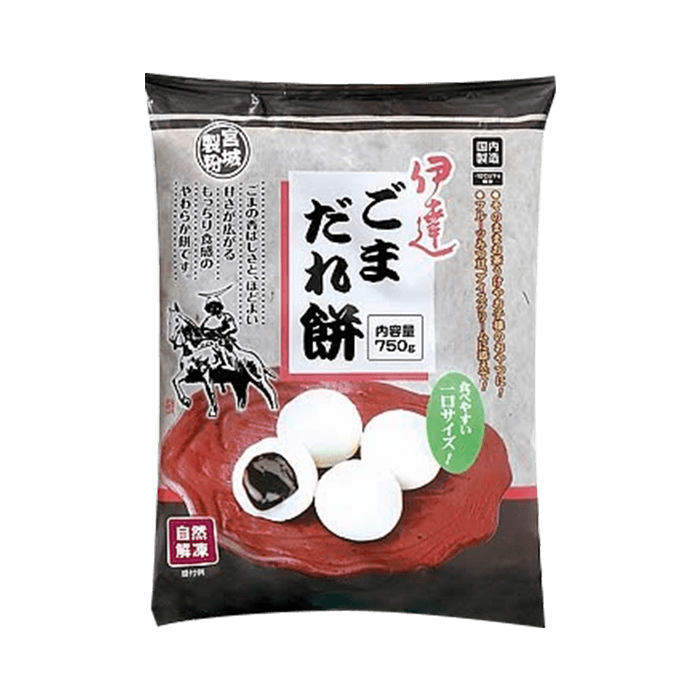
Frozen Sesame Filling Mochi 750g
115,000đ/PACK
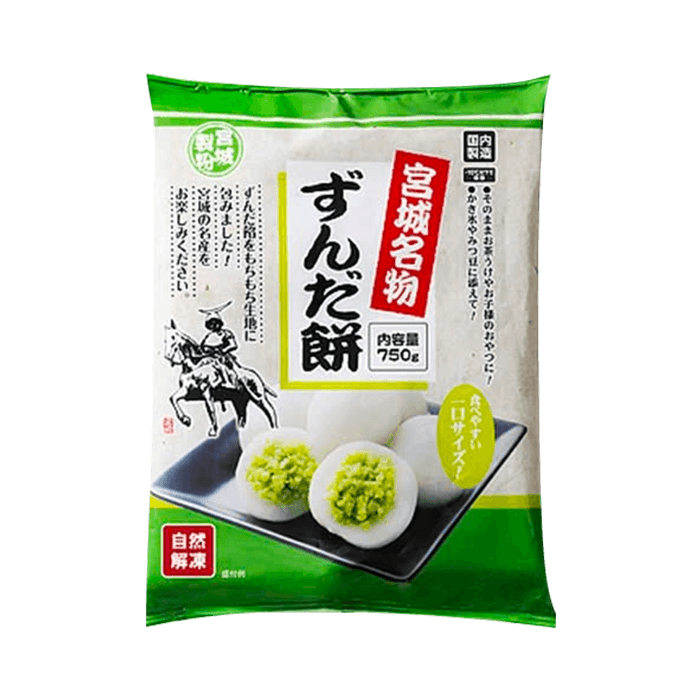
Frozen Green Bean Mochi 750g
115,000đ/PACK
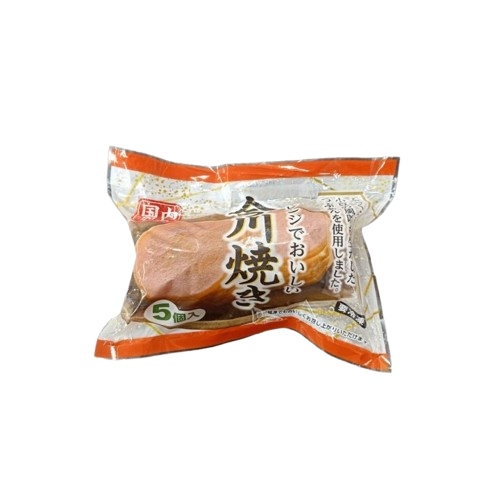
Imagawa Frozen Yaki With Red Bean Filling 400g
98,000đ/PACK

Frozen Fried Shrimp Cakes 400g
185,000đ/PACK
With a strict quality control process and a modern warehousing and preservation system, Kamereo ensures that ingredients meet quality standards upon delivery. Aiming to become a “one-stop supplier,” Kamereo offers a wide range of products, from fresh and frozen foods and beverage ingredients to kitchen utensils. The integration of all products on a single platform simplifies the procurement process, saving businesses time and costs.
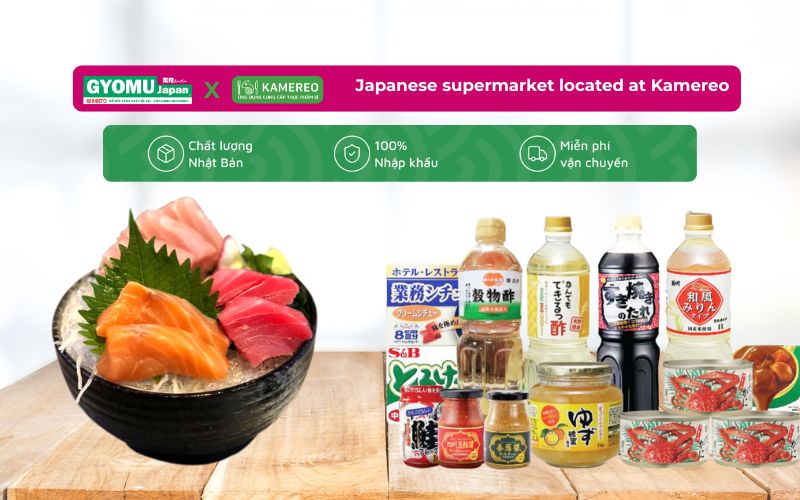
Kamereo’s key differentiator is its use of technology to optimize the procurement process and manage costs. Our website and app support order placement, multi-store management, order approval, cost tracking, and data analysis. These features allow businesses to control and manage operations effectively.
In particular, Kamereo supports orders until 12 PM and provides fast delivery before 6 AM the next day. This brings stability and reliability to F&B businesses, ensuring that their kitchens are always ready to operate without worrying about supply.
Join the exclusive Flavors of Japan event, co-organized by Kamereo and Gyomu Japan in Hanoi, promising opportunities for F&B businesses to access authentic Japanese ingredients and optimal, sustainable procurement solutions.

Frequently Asked Questions
What is the difference between sashimi and sushi?
Sashimi and sushi are both culinary treasures of Japan, but they differ significantly:
- Sashimi consists of thinly sliced raw seafood, focusing on highlighting the natural fresh flavor, often served as an appetizer.
- Sushi combines vinegared rice with seafood and vegetables, often rolled in seaweed and served with soy sauce, wasabi, and pickled ginger.
Is eating sashimi good for you?
Sashimi is a highly nutritious dish, particularly rich in omega-3 fatty acids, which are excellent for heart and brain health. Fresh seafood in sashimi also provides high-quality protein, essential vitamins, and minerals.
Conclusion
Through this article, we hope you have gained a better understanding of what sashimi is and everything you need to know about this dish. If you want to prepare sashimi at home, Kamereo is a reliable place to find fresh ingredients. Also, don’t forget to check out our Food and Lifestyle section for useful recipes and cooking tips!
See more:



